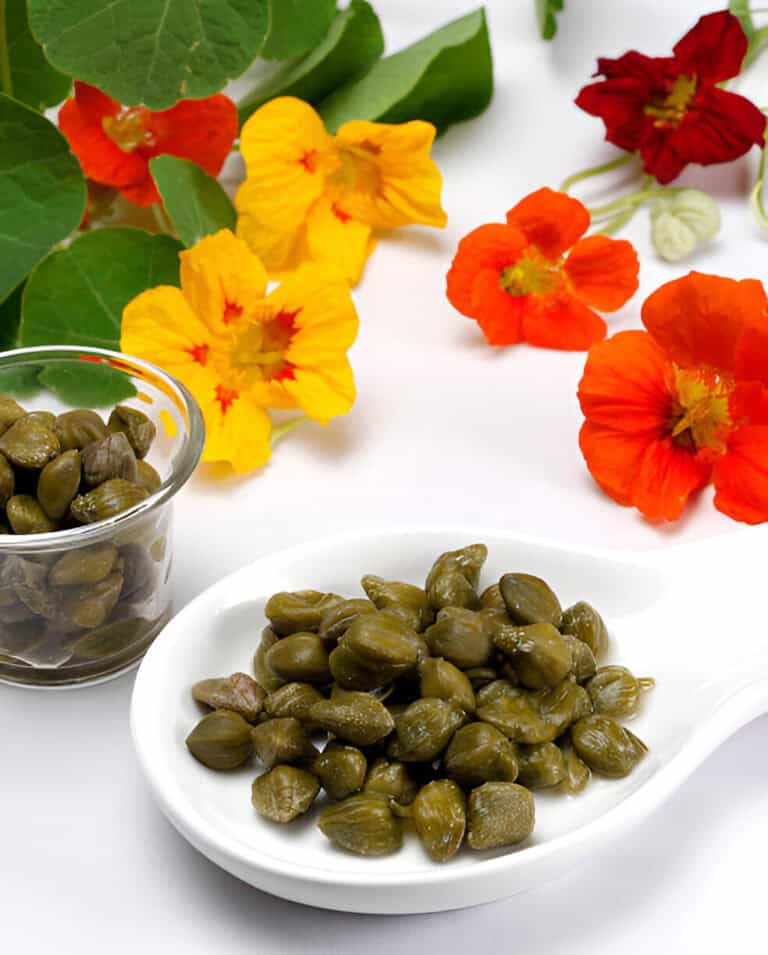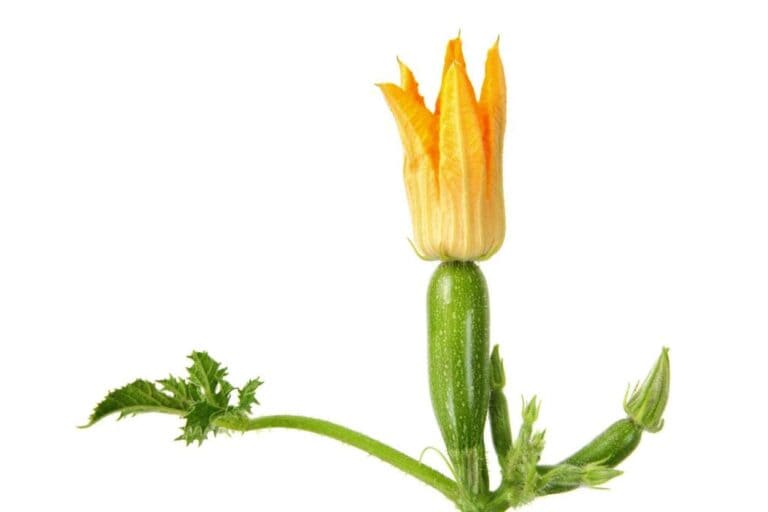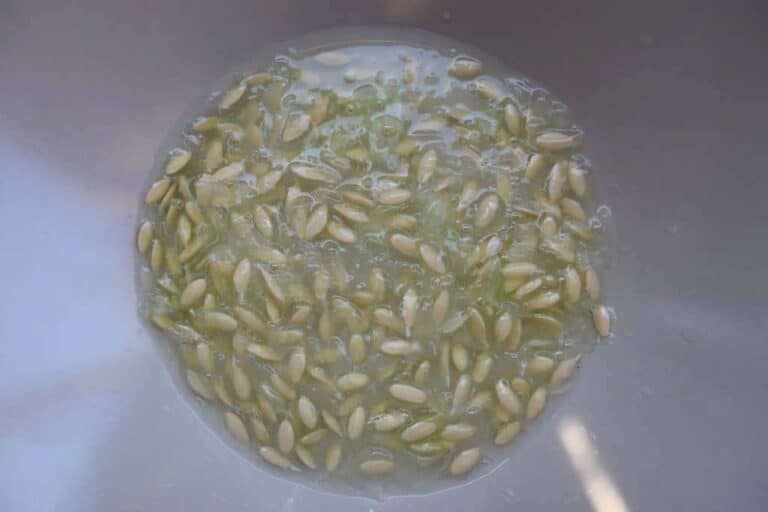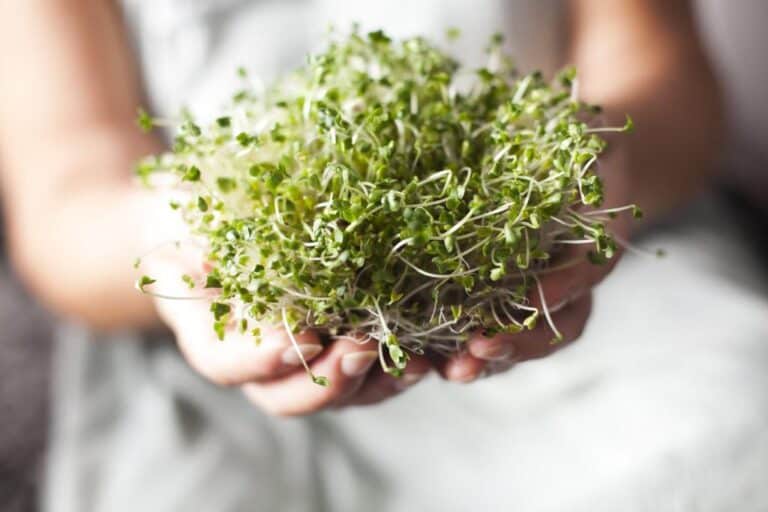10 Trees and Shrubs to Plant Along the Fence Line (Yard Natural Fence)
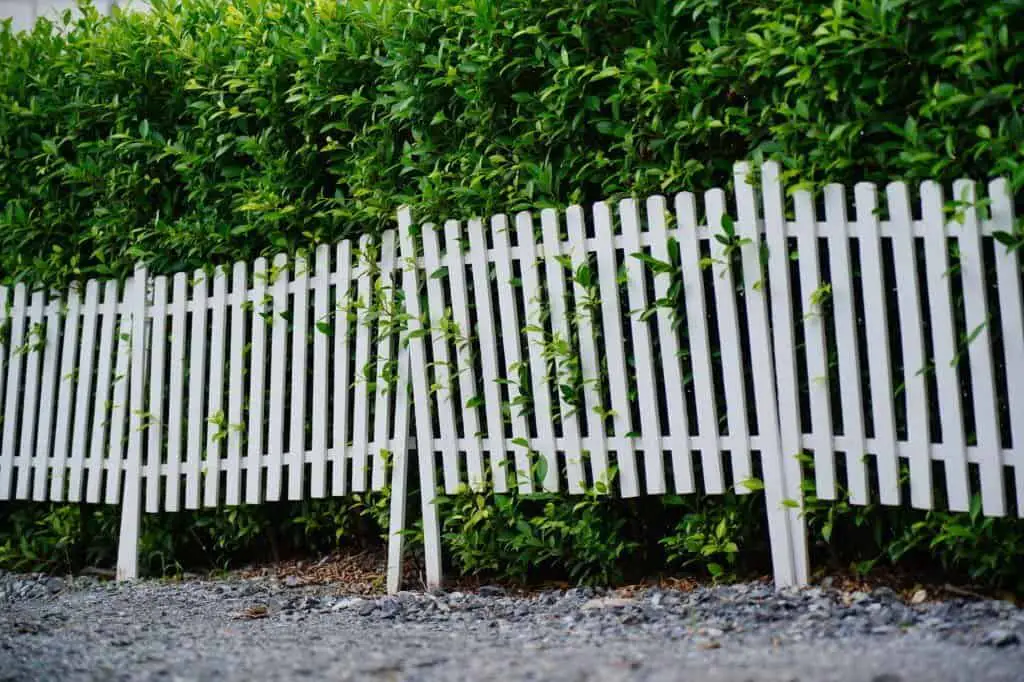
A backyard is a wonderful luxury. It is a piece of land, an outdoor aspect to your home, that allows you to impose your design will on the natural world.
However, if you have a small, crowded backyard with neighbors on every side, that little plot becomes a lot less desirable to use or care for.
Luckily, there are a variety of attractive and easy ways to create a little privacy and serenity in even the most cramped backyard.
One of the best ways to achieve privacy in your backyard is to plant a line of trees or shrubs along the fence. Not only will this provide a visual barrier between you and your neighbours, but it will also help to muffle noise and create a more tranquil space.
Why Do We Need Trees and Shrubs to Plant Along the Fence Line?
The most obvious method for increasing privacy is to install a fence. Many structures can be installed to stand between you and the outside. They include brick, hardwood, and wire metal fences. You can size them as tall and wide as you like.
The problem with these options is that they aren’t exactly subtle. They stick out as man made structures, with the obvious purpose, to keeping neighbors out.
This can negatively impact the natural beauty of the entire neighborhood and might even offend some of the people living around you.
The use of natural plants and growing, or living, fences is another way to separate your property from that of those around you. Plants will soften or conceal an unsightly fence, and planting against it will lend visual cohesiveness to a landscape. In addition, landscaping along the fence line may add an entirely new dimension to an outdoor space by utilizing vertical space.
Shrub fences are the most common living fence today. They consist of just a row of shrubs, densely packed together.
The benefit of this is that the shrubs are so dense that it is difficult for nosy neighbors to peer through them into your home. They are also living things, so instead of sticking out, they will enhance the area’s beauty and ambiance.
Many decorative shrubs are available. They include flowering crabapples, lilacs, and redbuds. This variety gives you options when choosing a plant.
Selecting Privacy Trees and Shrubs for Your Yard and Home
When it comes to finding the right privacy trees and shrubs for your home, there are a few things you need to take into consideration.
Here are a few tips to help you choose the best plants for creating privacy in your yard.
- When choosing privacy trees and shrubs, it’s important to consider the height of the plants. You’ll want to choose plants that are tall enough to create the amount of privacy you desire. Choose tall trees and shrubs with dense foliage that blocks out nosy neighbors and prying eyes.
- It’s also important to consider the growth of the plants. Some plants grow rapidly, while others grow slowly. If you’re looking for instant gratification, choose fast-growing plants. If you don’t mind waiting a bit longer for results, opt for slower-growing varieties.
- Most privacy trees are evergreens. They keep their leaves year-round, providing year-long privacy.
- They also have deep roots that help anchor them to the ground, so they can withstand heavy winds and storms.
- Finally, take into account the climate in your area when choosing privacy trees and shrubs.
How Close to a Fence Can You Plant?
When it comes to planting near a fence, there are a few things to consider. First, you’ll want to check with your city or HOA to see if there are any regulations on how close you can plant to the fence line.
In most cases, you’ll be able to plant within a few feet of the fence. However, if your goal is privacy, you may want to consider planting taller plants near the fence line.
If you’re choosing plants that are low-growing and don’t require a lot of space, then you can plant them quite close to the fence. For example, succulents and cacti are perfect for this type of situation.
If you’re looking for something a bit taller, like shrubs or trees, then you’ll need to give them some more room to grow.
This will help block out nosy neighbors and give you some extra privacy.
What Is the Permissible Fence Height Between Neighbours?
In some neighbourhoods, houses are built close together, and property lines are clearly defined. In other neighborhoods, properties may have more space between them.
When it comes to fencing, what is the permissible height between neighbours?
The answer to this question may depend on where you live. Some homeowner’s associations or city ordinances have regulations about fence heights. If there are no such rules in your area, you may want to check with your neighbors. This is before planting trees along your fence. The trees could block their view or be an eyesore.
Generally speaking, most people try to be considerate of their neighbors when it comes to things like fence height. A good rule of thumb is to keep the fence at a height that is comfortable for both you and your neighbors. After all, you don’t want to make them feel like they are living in a prison!
10 Trees and Shrubs to Plant Along the Fence Line (Yard Natural Fence)
When it comes to choosing trees and shrubs to plant along your fence line, there are a few things you should take into consideration.
First, think about the purpose of the plants. Do you want something that will provide a privacy screen? Or are you looking for something that will add visual interest? Once you know what you want the plants to do, you can narrow down your choices.
Another thing to consider is the amount of sun and shade your fence line gets. This will help you determine which plants will thrive in those conditions. If your fence line gets full sun, there are a variety of options to choose from.
Below are some good choices for trees and shrubs to plant along the fence line as your natural fence.
1. Magnolia trees
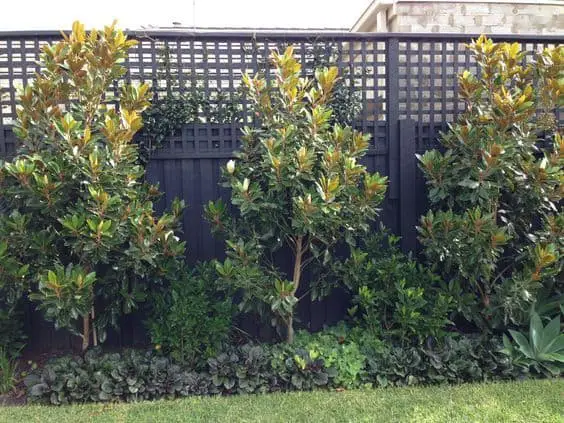
Magnolia trees are a great option for planting along the fence line. They are fast-growing and can reach up to 80 feet tall, making them an excellent choice for creating privacy screens. Magnolia trees feature large, leathery leaves.
Magnolia trees are also very beautiful, with large, fragrant flowers that bloom in the spring. They are evergreen, which is crucial if you’re looking to hide a fence.
2. Pine trees
Pine trees are an excellent choice for planting along a fence line. They grow quickly and can reach heights of 30 feet or more. Pine trees also have dense foliage, which makes them great at blocking out unwanted views and noise. In addition, pine trees are relatively low-maintenance and can tolerate a variety of soil conditions.
3. Hydrangeas
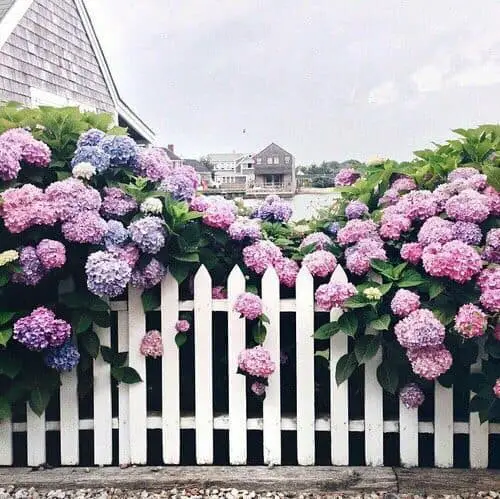
When it comes to dressing up a fence line, few shrubs can compare to hydrangeas. Their big, showy blooms add elegance to any landscape. They come in many colors, including pink, blue, purple, and white, giving you many options.
Hydrangeas are also relatively easy to care for; they prefer partial sun and well-drained soil, and once they’re established, they’re quite drought tolerant. When planting hydrangeas along your fence line, be sure to give them enough room to spread out; they can grow up to 6 feet wide.
4. Lilly Pilly
If you’re looking for trees and shrubs to plant along your fence line, you can’t go wrong with lillypilly. Lilly pilly is a fast-growing, evergreen tree that can reach up to 20 feet tall. When planting lilly pilly, be sure to give it room to grow because it can spread up to 10 feet wide.
It’s perfect for planting along fences because it has a dense growth habit and can provide privacy and screening.
They enjoy a lot of water! You must prune them frequently so they will grow together and thicken in the centre. They will invariably end up unequal if left to their own devices (these shrubs are known for growing at different rates).
5. Arborvitae
Arborvitae is a fast-growing evergreen that can reach heights of up to 40 feet. This tree is perfect for planting along the fence line as it provides year-round privacy.
Arborvitae is also relatively low-maintenance, requiring little pruning or watering once established. Arborvitae come in many different varieties, so you’re sure to find one that fits your needs.
6. Pittosporum
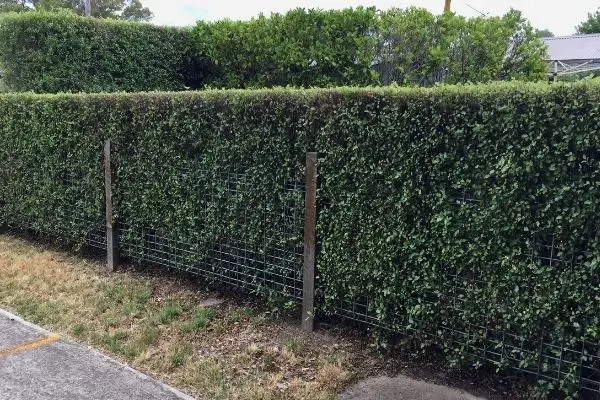
This hardy plant is known for its ability to thrive in a wide range of conditions, making it a great choice for both sunny and shady spots. Pittosporum is also relatively low-maintenance, so you won’t have to spend hours pruning and watering it.
Pittosporum trees can reach up to 20 feet tall, providing you with plenty of privacy. Try planting a pittosporum shrub for a more compact option. These shrubs only grow to about 3-4 feet tall, making them perfect for small spaces.
7. Escallonia hedge
Escallonia is a good choice for a medium-sized hedge. It grows quickly and can be easily trimmed to keep it looking neat and tidy.
Think about the amount of sun or shade your fence line gets. Escallonia prefers full sun, but will tolerate some shade.
Escallonia is tolerant of most soil types, but does best in well-drained soil. With these factors in mind, you’re sure to find the perfect tree or shrub for your fence line!
Mini versions of the escallonia hedge are available for smaller garden beds. They last a long time and are tough as nails, although after a decade they might start to appear a bit worn.
8. Murraya
When planning a garden, many people forget to consider the fence line. This is an important part of your yard, as it can provide privacy and boundary definition. Trees and shrubs are a great way to add interest and height to your fence line. Here are some of our favourites:
Murraya paniculata, also known as orange jessamine or Mock Orange, is a fast-growing evergreen shrub that can reach up to 3 meters in height. It has dark green leaves and fragrant white flowers that bloom in spring and summer.
9. Crape Myrtle
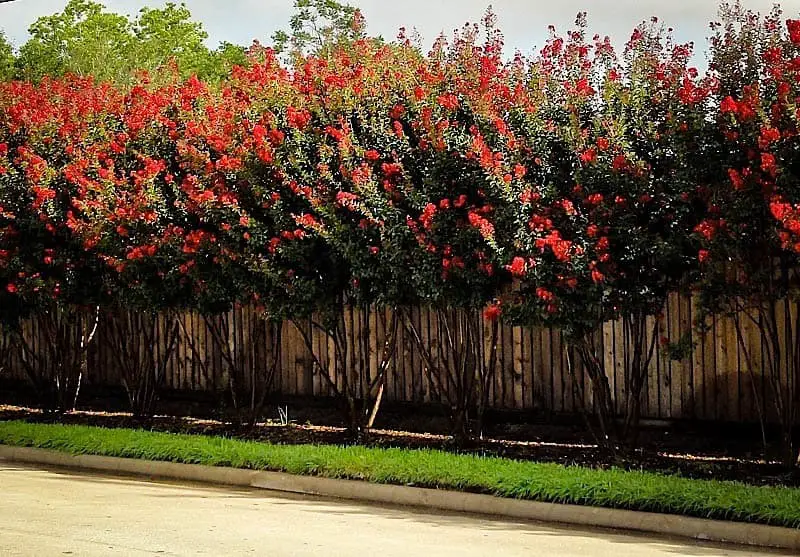
Lagerstroemia indica, commonly known as crape myrtle, is a deciduous shrub or small tree that can grow up to 8 meters tall. It has glossy green leaves and produces beautiful purple-pink flowers in summer.
This versatile plant can tolerate a wide range of soil and light conditions, making it a perfect choice for nearly any landscape. Crape myrtle is also low-maintenance. It needs little more than occasional pruning to look its best.
Best of all, this striking plant provides year-round interest. Its beautiful flowers bloom in summer. Its colorful leaves provide a pop of color in fall and winter.
10. Boxwood
When it comes to dressing up a fence line, few trees and shrubs can match the stately presence of boxwood. Landscape designers and homeowners love boxwood. It’s an evergreen that can be planted in many ways. It adds interest and texture to your yard. Here are some tips on how to use boxwood along your fence line:
For a classic look, plant boxwood in evenly spaced rows along the length of your fence. This will give your property a polished, well-manicured appearance.
For a more natural look, plant boxwood in clusters of three or five. This will create pockets of green that will add visual interest to your yard.
If you have a shorter fence, you can create the illusion of a taller one by planting boxwood in front of it.
Conclusion
You can add privacy to your backyard without building tall, showy structures. You don’t have to add gaudy castle-style eyesores to your property.
There are many simple measures. They can enhance lawns in attractive, subtle ways. They will keep your family safe without bothering the neighbors.
When it comes to planting near a fence, there are a few things to keep in mind. First, you’ll want to make sure that the plants you select are appropriate for the space. Second, you’ll need to take into account the height and width of the fence. And finally, you’ll want to consider the amount of sunlight that your plants will receive.
Another common option for fencing is to plant shrubs along the property line. Shrubs can provide a softer look to the border of your property and can be customized to fit your desired height and width.
When selecting trees and shrubs to plant along your fence, consider how much sun and shade it gets. Also, consider the type of soil.


